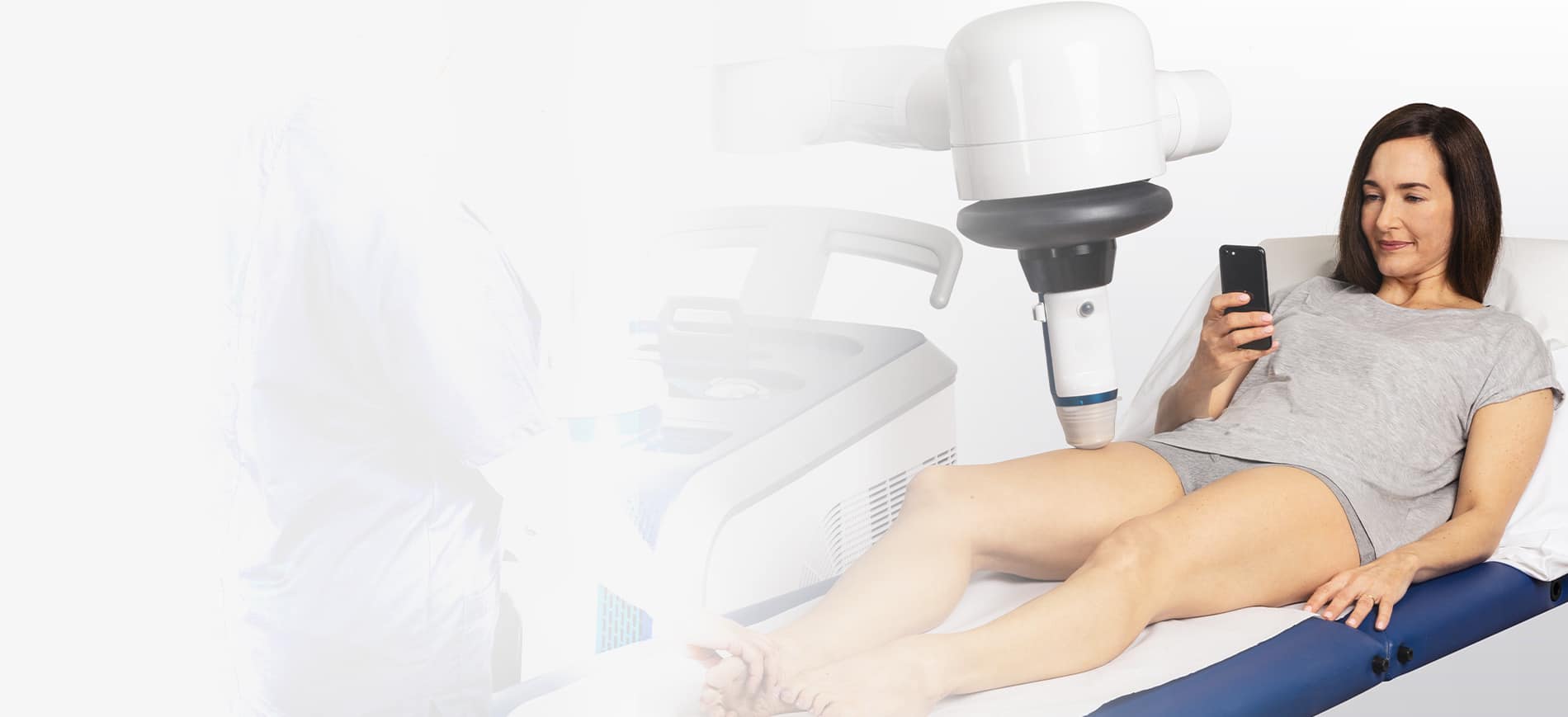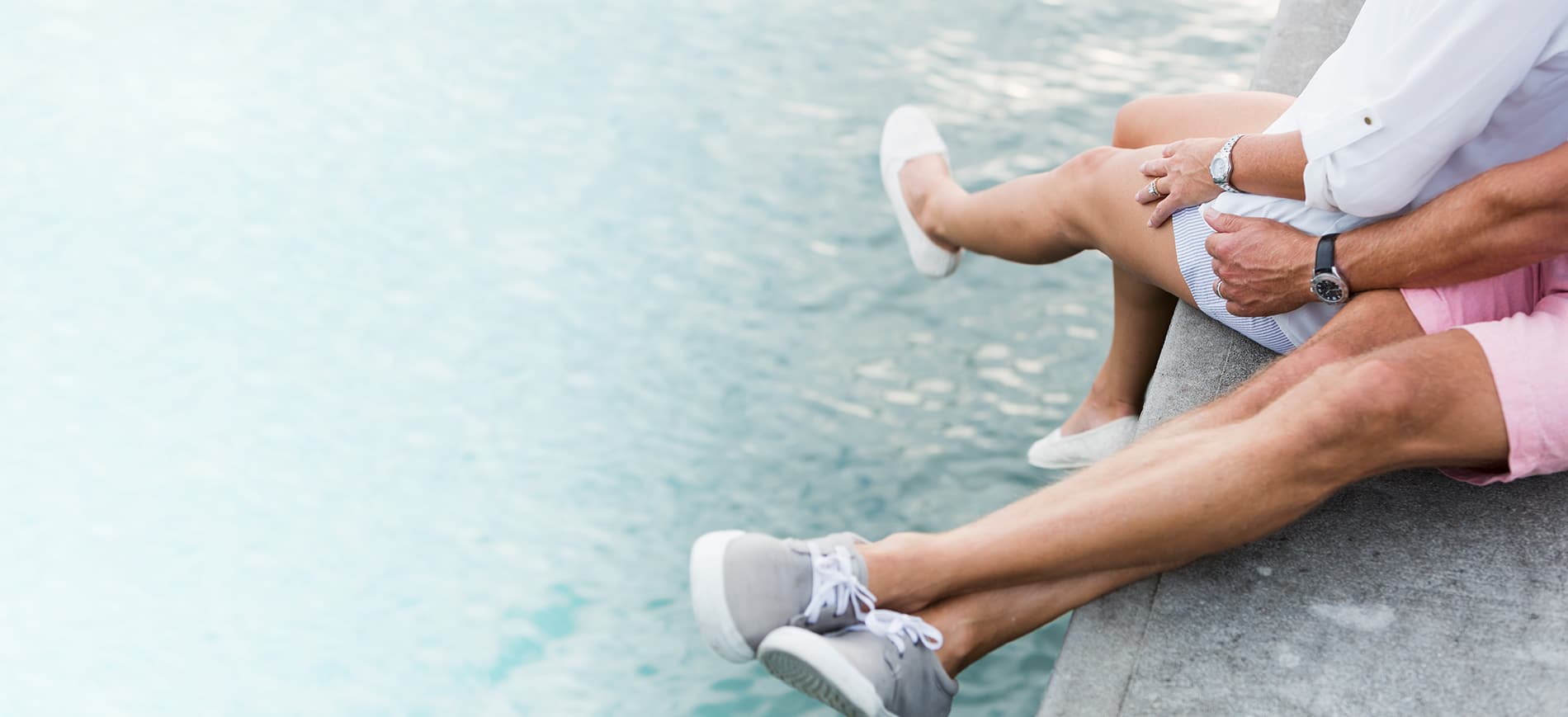Are you looking for remedies to fight venous insufficiency? We are going to present you one of them here: support stockings.
According to a study conducted by IFOP, nearly 17 million people are affected by venous insufficiency in France. This can result in pain and heaviness in the legs, tingling, edema … In the long term if it is poorly treated it can lead to phlebitis or in some rare cases to pulmonary embolisms. To reduce or even avoid these inconveniences, venous contention is one of the most effective means.
As a reminder: what are compression stockings ?
Compression stockings are very elastic textiles halfway between socks and tights. They exert a decreasing pressure from the ankle up the leg. By compressing the leg, they reduce the calibre of the veins and dilated veins are thus tightened, increasing the speed of blood circulation towards the heart. Blood no longer stagnates in the lower limbs. The venous return is thus favored and the pains and heavinesses of the legs attenuated.
One should not confuse support stockings with support stockings (or anti-fatigue stockings). The latter are used only as a preventive measure for venous disorders during prolonged standing. Indeed, they only act on the superficial veins.
The different types of compression stockings :
There are 4 classes according to the degree of compression at the ankle expressed in mmHg (mm of mercury):
- Class 1 – 10 to 15 mmHg – heavy legs, trips of 3 to 6 hours, beginning varicose veins, static work
- Class 2 – 15 to 20 mmHg – established varicose veins, venous edema, prevention of phlebitis, trips of more than 6 hours.
- Class 3 – 20 to 36 mmHg – important varicose veins, lymphatic edema, trophic disorders (skin abnormality, ulceration of underlying tissues).
- Class 4 – >36 mmHg – major trophic disorders.
How long should compression stockings be worn?
It is important to know that depending on the indication, support stockings can be worn for a longer or shorter period of time:
- For people who have light disorders of the heavy legs type, they should be worn occasionally: in case of pain, when traveling, etc.
- For people with more serious venous insufficiency: they must be worn daily. As well as for people who have mobility problems: elderly, convalescents or with reduced mobility.
- In patients with leg ulcers: the compression bandage should be worn day and night as an initial treatment until the wound has healed. Then the stockings should be worn daily as a relay.
Concerning the wearing of compression stockings at night, it is not of interest insofar as there is no stagnation of blood in the veins in a lying position. However, in certain cases they can be indicated, in post-operation or in certain pregnant women whose blood circulation is strongly impacted.
Are there any dangers if I wear them too long?
Compression stockings worn for a long time can cause side effects that are more or less unpleasant but rarely serious:
- Support stockings can cause itching in people with very dry skin. In this case, it is important to moisturize the skin and use dermatological soaps.
- Mid-thigh stockings have an adhesive silicone strip that can cause allergic reactions such as itching or burning. They should be replaced by other, less allergenic types of stockings or by tights without the adhesive strip.
- Finally, the regular and prolonged use of support stockings can promote the appearance of toe or genital mycosis. For people prone to toe fungus, there are open toe support stockings. For those prone to genital mycosis, mid-thigh stockings are preferable to tights.
Also, it is important to know the contraindications which are :
- Known allergy(ies) to the components of the stocking
- obliterative arteriopathy of the lower limbs with a systolic index < 0.6
- advanced diabetic microangiopathy
- painful blue phlebitis with arterial compression
- septic thrombosis.
Accessibility, price and reimbursement
First of all, it is necessary to know that all types of compression stockings must be prescribed by a doctor, physiotherapist, midwife or any other person authorized to do so, because the level of venous compression must be adapted according to the pathologies.
Then the amounts of reimbursement taken in charge by the Social Security for the stockings of contention are the following ones:
- Support socks (class 1, 2 or 3): 22.40 euros
- Support stockings (class 1, 2 or 3): 29.78 euros
- Compression tights (class 1, 2 or 3): 42.03 euros
Social Security generally covers 60% of the basic reimbursement amounts, except in the case of long-term illnesses that are fully covered. The Health Insurance sets the maximum number of pairs reimbursed per year at 8.
Some tips
For maximum effectiveness of venous compression treatment, you can apply these few rules :
- Put on your tights or stockings as soon as possible after getting up, and just after washing
- For an easier donning, do not apply any cream or body lotion on your legs which must be perfectly dry
- If you have a wound on your leg, protect it with a sterile compress






